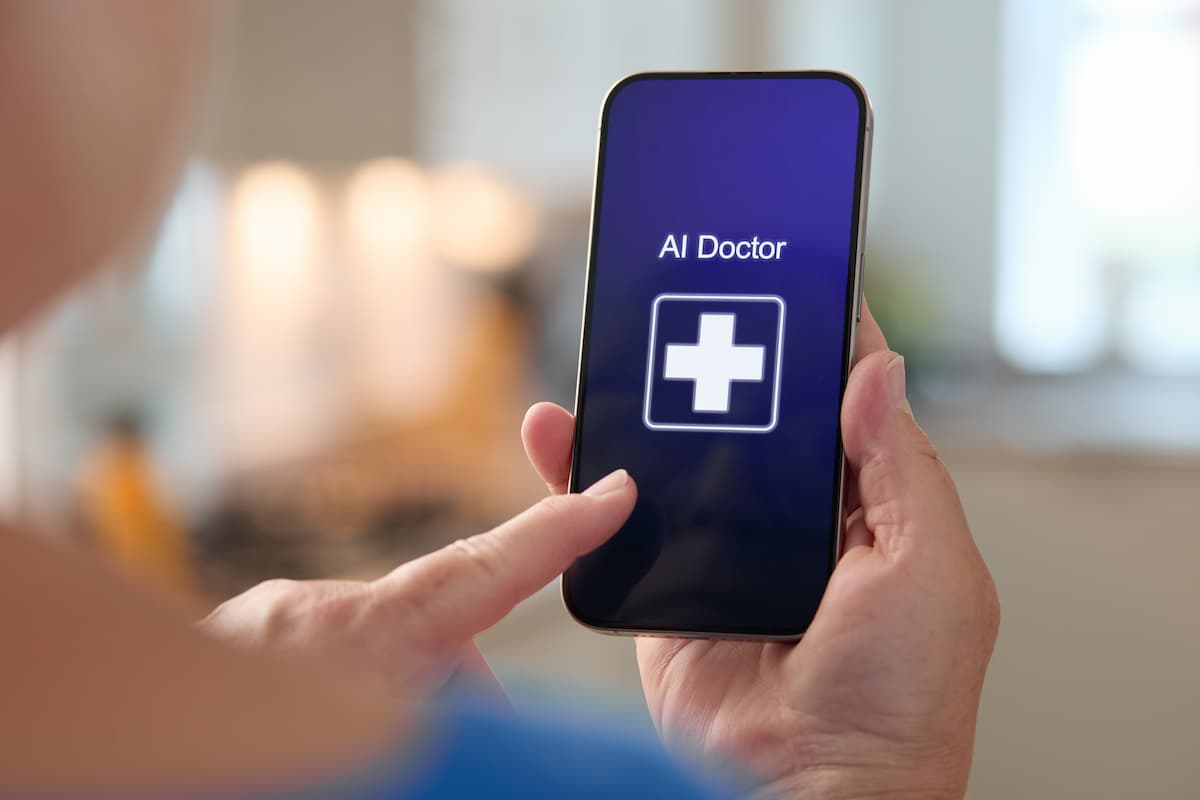The healthcare system in T&T, like many other regions, is undergoing a transformation driven by the need to improve accessibility, efficiency, and quality of care. Two critical components in this transformation are Artificial Intelligence (AI) and Human Intelligence (HI). Each plays a unique and complementary role in shaping the future of healthcare. Understanding their contributions and limitations is essential for developing a robust healthcare system in T&T.
Role of AI in healthcare transformation
- Streamlining administrative tasks:
AI can significantly reduce the administrative burden on healthcare workers, particularly those related to record-keeping and patient data management. While some regional health authorities (RHAs) have already begun digitising medical records and using electronic health records (EHRs), the widespread adoption of AI-based systems has not yet been realised. For instance, AI-powered tools can automate the transcription of medical notes, update EHRs in real time, and manage appointment scheduling. This reduces the time healthcare workers spend on paperwork, allowing them to focus more on patient care.
In T&T, where healthcare workers often juggle multiple roles due to resource constraints, this automation could lead to more efficient use of their time and skills. - Reducing wait times and improving access:
Long wait times are a significant issue in T&T’s healthcare system. AI can help address this by optimising patient flow and predicting peak times for better resource allocation. For example, AI algorithms can analyse historical data to predict patient influx, allowing hospitals to adjust staffing levels accordingly. Additionally, AI-driven telemedicine platforms can help reduce the burden on physical healthcare facilities by offering remote consultations, particularly in rural areas where access to healthcare is limited. This not only improves access to care but also reduces the physical and mental strain on healthcare workers. A 2023 study published in JAMA Network Open examined the use of AI to triage patients in emergency departments (EDs). The AI system was designed to analyse patient symptoms, vital signs, and historical data to prioritise care and allocate resources more effectively. The implementation of AI in the ED led to a 20 per cent reduction in patient wait times and a 15 per cent decrease in overcrowding. Additionally, there was a noted improvement in patient outcomes, as high-risk cases were identified and treated more quickly. - Enhancing diagnostic accuracy:
AI can assist healthcare workers by improving diagnostic accuracy, particularly in radiology, pathology, and dermatology. AI algorithms can analyse medical images and data faster and with higher precision, identifying potential issues that may be overlooked by human eyes. With a limited number of radiologists in local hospitals, AI can act as a valuable second opinion, helping to ensure that patients receive accurate diagnoses and appropriate treatment plans. However, it is essential that AI tools are used to complement, not replace, the expertise of healthcare professionals. A study published in The Lancet Digital Health (2020) found that AI algorithms can perform as well as, or even better than, human radiologists in interpreting medical images for diseases like breast cancer. The AI models reduced false positives and negatives in mammography screenings, significantly improving diagnostic accuracy. - Supporting preventive care:
AI can also play a role in preventive care by analysing data from various sources, including electronic health records, wearable devices, and patient-reported outcomes. This data can help predict health risks and suggest early interventions, reducing the likelihood of severe health conditions developing. For healthcare workers in T&T, this means they can focus on high-risk patients, offering targeted care that can prevent more costly and time-consuming treatments later on.
Ensuring employment and efficiency
- Upskilling and training:
To ensure that AI complements rather than replaces healthcare workers, it’s crucial to invest in upskilling and training programmes. Healthcare workers should be trained to work alongside AI tools, learning how to interpret AI-generated data and integrate AI recommendations into their clinical decision-making processes. This not only preserves jobs but also enhances the skills and knowledge of healthcare professionals, making them more efficient and effective in their roles. - Fostering collaborative care:
AI should be seen as a tool that enhances collaboration between different healthcare providers. For instance, AI-driven platforms can facilitate communication and data sharing between primary care physicians, specialists, and other healthcare providers, ensuring a more coordinated and efficient care process. In T&T, where coordination between different levels of care can be challenging, AI can help create a more integrated healthcare system. - Human-centred AI development:
AI tools should be developed with input from healthcare workers and their associations, such as the T&T Medical Association (T&TMA) and the T&T National Nurses Association (TTNNA), to ensure that they meet the practical needs of the healthcare system. Involving healthcare workers in the design and implementation process ensures that AI tools are user-friendly and genuinely enhance the work of healthcare professionals. This approach also helps to mitigate fears about job displacement, as healthcare workers become stakeholders in the AI-driven transformation of the healthcare system.
The transformation of healthcare in T&T requires a balanced integration of AI and HI. AI can enhance the efficiency, accuracy, and personalisation of healthcare services, addressing some of the systemic challenges in the region. However, the irreplaceable qualities of HI—empathy, ethical judgement, and cultural understanding—are essential for delivering holistic and patient-centred care. By leveraging the strengths of both AI and HI, T&T can create a healthcare system that is both technologically advanced and deeply human, ultimately improving the health and well-being of our population.





